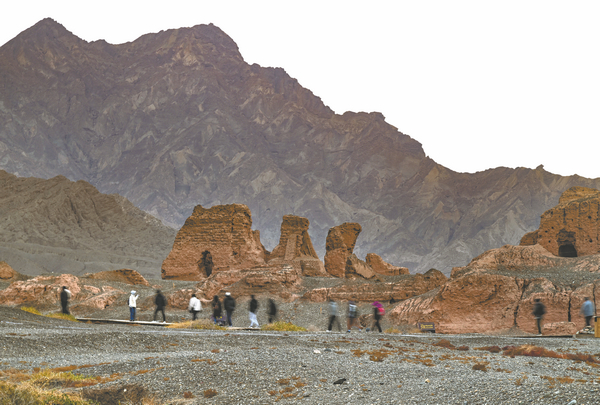

The discovery of the tomb in Husta has now extended the spatial and temporal distribution of rectangular stone-enclosed burial mounds to the western Tianshan Mountains region in the early Bronze Age, and marks a breakthrough in archaeology surrounding the age in Xinjiang, according to the CCTV report.
Moreover, the burial customs, artifacts and ancient genetic information collected indicate that, while bearing distinct features of the region to the east of the Altay Mountains, the Husta tomb also demonstrates influences from the Eurasian Steppe to the west.
Wang Peng, associate researcher at the Institute of Archaeology, CASS, said during the January event that the excavation has provided clues to tracing the cultural origins of the rectangular stone-enclosed burial mounds in the core area of the Husta site, which belong to the late Bronze Age.
Wang added that it also contributed to exploring the formation of an Altay Mountains-western Tianshan Mountains cultural zone in the early Bronze Age, and the early development and spread of metallurgy across Eurasia.
Apart from the above-mentioned tinbronze alloy knife, artifacts also include pottery, wooden objects, stone scepters, stone and horn arrowheads, and a large number of earrings, beads, pendants and other ornaments made from different materials.